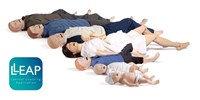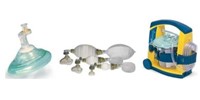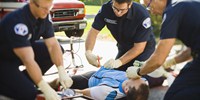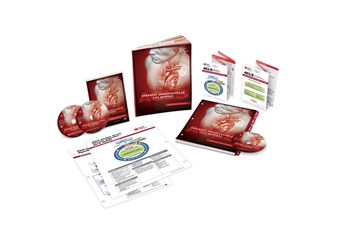The AHA’s ACLS Course has been updated to reflect new science in the 2015 American Heart Association Guidelines Update for CPR and Emergency Cardiovascular Care (2015 AHA Guidelines for CPR and ECC). This course builds on the foundation of lifesaving basic life support (BLS) skills, emphasizing the importance of continuous, high-quality CPR. This advanced course highlights the importance of high-performance team dynamics and communication, systems of care, recognition and intervention of cardiopulmonary arrest, immediate post-cardiac arrest, acute dysrhythmia, stroke, and acute coronary syndromes.
For successful course completion, students must demonstrate skills competency in all learning stations, pass the high-quality BLS skills test, bag-mask ventilation with OPA/NPA insertion skills test, and the Megacode test. They also must pass the ACLS exam with a score of 84% or higher. Upon successful completion, students receive an ACLS course completion card.
After successfully completing the ACLS Course, students should be able to
- Apply the BLS, Primary, and Secondary Assessments sequence for a systematic evaluation of adult patients
- Perform prompt, high-quality BLS, including prioritizing early chest compressions and integrating early automated external defibrillator (AED) use
- Recognize and perform early management of respiratory arrest
- Discuss early recognition and management of ACS and stroke, including appropriate disposition
- Recognize and perform early management of bradyarrhythmias and tachyarrhythmias that may result in cardiac arrest or complicate resuscitation outcome
- Recognize and perform early management of cardiac arrest until termination of resuscitation or transfer of care, including immediate post–cardiac arrest care
- Model effective communication as a member or leader of a high-performance team
- Evaluate resuscitative efforts during a cardiac arrest through continuous assessment of CPR quality, monitoring the patient’s physiologic response, and delivering real-time feedback to the team
- Recognize the impact of team dynamics on overall team performance
- Discuss how the use of a rapid response team or medical emergency team may improve patient outcomes
- Define systems of care








